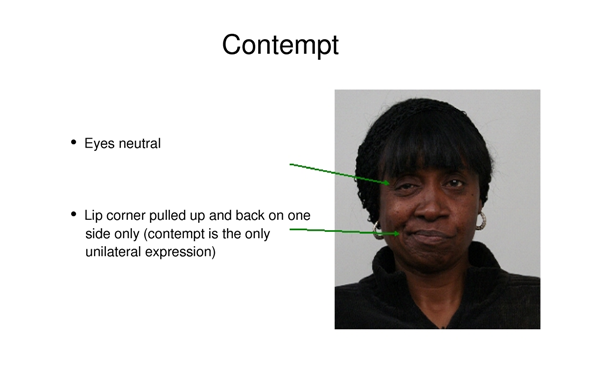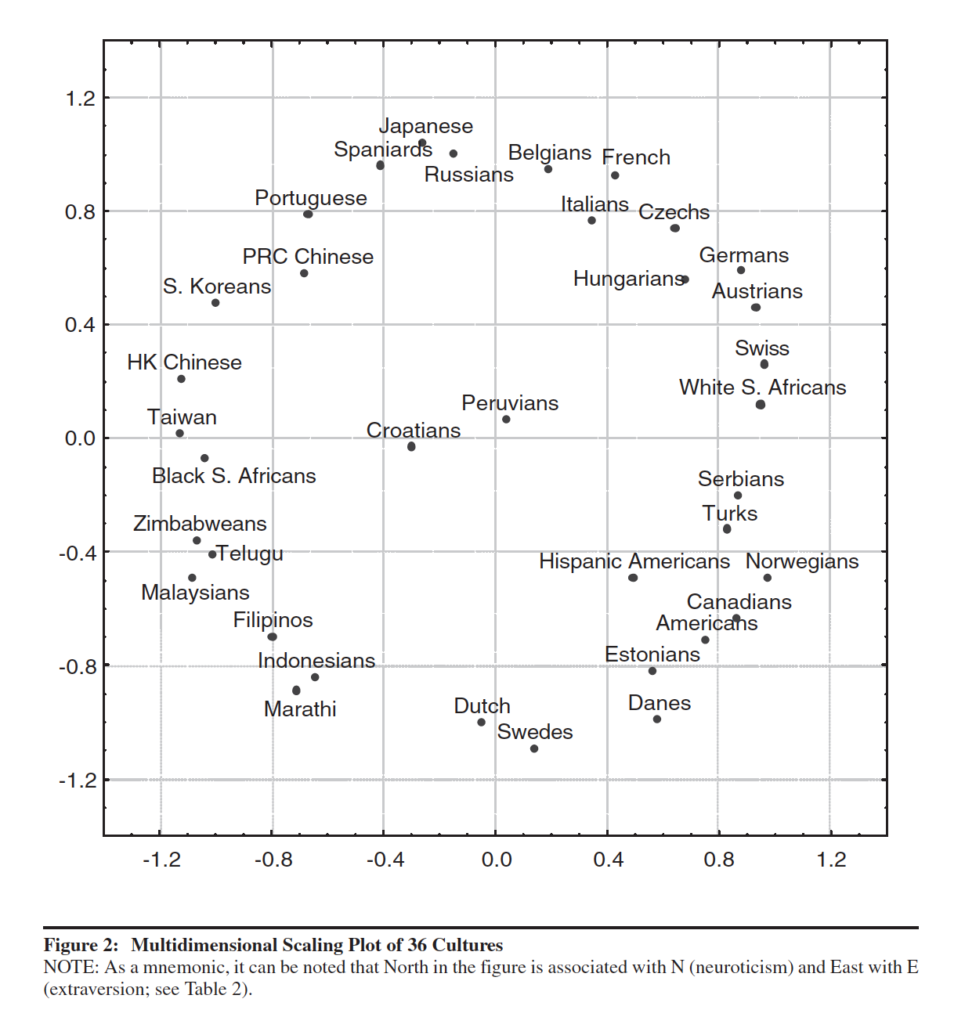
If you ask Google “how many basic emotions are there” you could be overwhelmed since there are many different answers. It may even seem like science and scientists themselves may be confused. In reality, there isn’t one simple answer. There are many different models of basic emotions and thus, each model has different numbers for what they call “basic emotions”.
Dr. Matsumoto believes that one model of basic emotions does not necessarily have to argue against another. We can try to understand that all the various model are unique and correct.
But how?
It starts by examining exactly what aspect about emotion (and maybe even what type of emotion) each model is based on.
For example, one popular model of basic emotions suggests there are 4: happiness, sadness, fear and anger. In general, if you examine the research that is based on the 4 emotion model, much of it discusses neurocircuitry. By examining the neuro-wiring of emotions, studies have shown there are 4 main circuitries in the brain that are related to these emotional states. Thus, if you study the neurocircuitry of the brain, you may conclude there’s 4 basic emotions.
However, if you examine the face as the domain of emotion, it’s clear that there are 7 basic emotions: anger, contempt, disgust, fear, happiness, sadness, surprise. These emotions have been scientifically proven to have a certain facial expression associated with it. Thus, if you anchor your theorizing of basic emotions in the domain of facial expressions, you end up with 7.
Read our past blog on addressing arguments against facial expressions of emotion
If you anchor your model of basic emotions on something even more primitive, like basic affective measures, then one may conclude that everything comes down to 2 basic emotions: pleasure and pain. That’s a two dimensional model.
In actuality, all these models may be correct
On some level, humans share with very simply organized animals a two dimensional of affect (pleasure and pain).
Roughly speaking, at some point the evolution of the brain evolved for a 4 model neurocircuitry to emerge. This is probably related to the life complexity of the organism- that as that organism got more complex, they needed to have their emotional states differentiated more than just pleasure and pain in order to deal with an increased social hierarchy as well as other kinds of things.
As social life became more complex facial expressions became differentiated to have the seven that we have now.
Even if you go beyond the face, there’s researchers that currently examine expressions of emotional states that are based not only in face, but also face and head movements or face and body movements. Using these combinations of face and body movements, you’ll then get expressions of pride, triumph, embarrassment and shame that are not just facial movements.
Why do we focus on the face?
We are interested in helping people improve their reading people skills. So despite what the neurocircuitry may be doing, we’re focused on what you can see. Facial expressions are something you can observe and thus, we train this specific area.
Basic emotions vs how many emotions
How many different basic emotions there are is different than how many emotions humans have. Humans have a lot of different emotions that clearly go beyond the basic. Some researchers suggest that all the other emotions are based on these more primitive and basic emotional states. There are other researchers who believe there are other emotions are not really related to anything elemental- that they are truly emerging from cultural and individual learning.
Dr. Matsumoto does not believe the research is definitive about which perspective is correct. Regardless, it’s clear that humans have many, many more emotions that we carve into words that go beyond the 2, 4, or 7 basic emotions.
 What about contempt?
What about contempt?
Early research on the universality of facial expressions of emotion was conducted largely by Dr. Paul Ekman and Dr. Carol Izaard. Even they differed in the number of universal facial expressions that existed but they both agreed on this one facial expression called disgust/contempt. In fact if you look at the original research and writings, that emotional state was called disgust/contempt. Both researchers did not differentiate between those two emotions or expressions.
It was not until the mid 1980s that Ekman conducted a study that included a number of expressions that Ekman and his colleagues all thought would be culture specific expressions of contempt. They thought the unilateral, one sided lip tightener would be perceived as contempt only in the US but not elsewhere. They also included two other versions of contempt in their study that they thought similarly about. The study involved taking those expressions all around the world to those countries and obtaining judgements on them. Despite the fact that they predicated those emotions to be culture specific, in fact all of the cultures in the unilateral lip tightener as contempt at greater than chance accuracies. That became the first evidence that separated disgust from contempt because the expressions are very different.
Subsequently many researchers have replicated that original study in various ways to show more evidence that contempt is a basic emotion. In 1992 Dr. Matsumoto himself conducted more research on the contempt expression and it was published in Motivation in Emotion.
Will there be more basic emotions added in the future?
While there will likely not be any more emotions added to the 7 basic ones that exist now, Dr. Matsumoto anticipates where we will see more research one day is people taking the variations of an expression and mapping those to specific words in the language. That is, there may be some variation of an expression that is corresponding to a type of related word that exists. He believes there will be more research that maps the differentiation of an expression within it’s family.
Innovative research continues in this field of emotion, facial expressions and basic emotions. What is clear is that there will continue to be great research conducted that demonstrates face and body combinations as well as face and head combinations that go beyond the 7 we have now.
 Since the Covid-19 pandemic hit, we’re on video calls more than ever before – and many are finding it exhausting.
Since the Covid-19 pandemic hit, we’re on video calls more than ever before – and many are finding it exhausting.